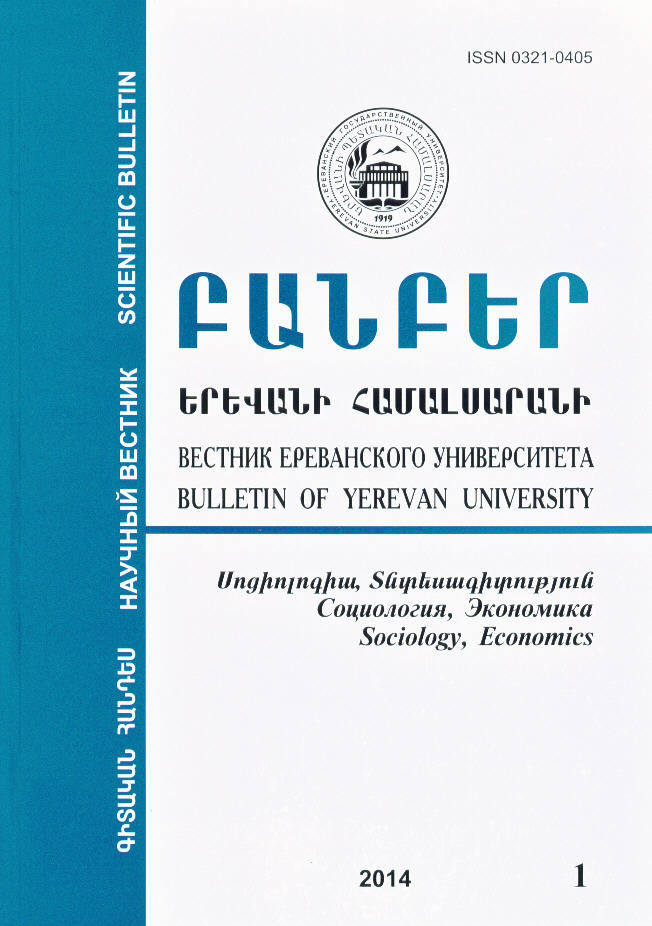The Trends of Capital Flows in the Countries of Central and Eastern Europe and Financial and Economic Crisis
DOI:
https://doi.org/10.46991/BYSU:G/2014.5.1.054Keywords:
capital flows, Central and Eastern Europe, crisis, foreign direct investments, portfolio investmentsAbstract
In the article the trends of capital flows in Central and Eastern Europe (CEE) countries are analyzed and their interstate differences in pre- and post crisis periods are revealed. The majority of CEE countries have fully liberalized capital and financial accounts. In pre-crisis period CEE countries received huge capital inflows, which determined high economic growth rates in these countries. However, the Global crisis affected the capital flows very negatively. As a result, they sharply declined, their concentration increased, and their structure became riskier. Those countries, which were able to save capital flows, experienced the lowest losses and in those countries, where capital flows stopped, experienced the highest fall.
Downloads
Published
How to Cite
Issue
Section
License
Copyright (c) 2021 Bulletin of Yerevan University

This work is licensed under a Creative Commons Attribution-NonCommercial 4.0 International License.

